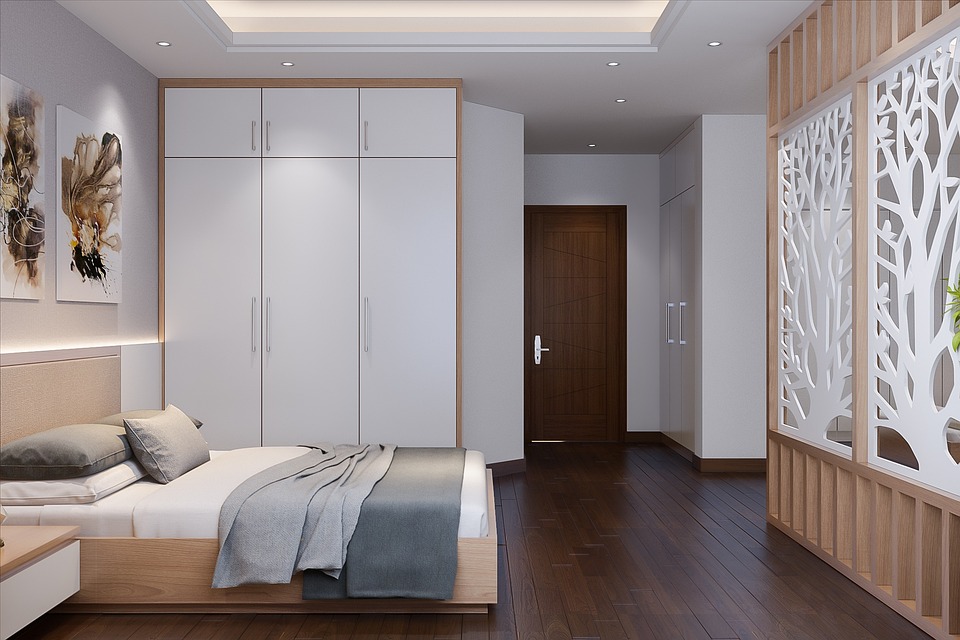
Furniture arrangement is an essential aspect of interior design. The way you arrange your furniture can greatly impact the overall look and feel of your home. When done right, furniture arrangement can create a harmonious and visually appealing space, while also allowing for ease of movement and functionality. Whether you’re moving into a new home or looking to freshen up your current living space, here are some design tips for arranging furniture for a harmonious home.
One of the first things to consider when arranging furniture is the layout of the room. Take note of the architectural features, such as windows, doors, and focal points like a fireplace or a television. These features will help determine the best placement for your furniture. For example, in a living room with a fireplace, consider positioning the main seating area around the fireplace to create a cozy and inviting atmosphere.
In addition to architectural features, it’s important to consider the flow of the room. Allow for ample space for walking and moving around the furniture without feeling cramped. Avoid placing furniture in a way that obstructs natural pathways, and opt for a layout that promotes a sense of balance and harmony.
Another important aspect of furniture arrangement is to consider the function of the room. For instance, in a dining room, the dining table should be the focal point, with seating arranged around it in a way that allows for comfortable dining and conversation. In a bedroom, the bed should take center stage, with other furniture, such as nightstands and dressers, positioned to complement the bed and create a relaxing and functional space.
When it comes to furniture placement, consider the principles of balance and symmetry. Arranging furniture in a symmetrical layout can create a sense of order and harmony in a room. For example, in a living room, you might place a sofa and two armchairs facing each other to create a balanced and visually appealing seating area. However, don’t be afraid to play with asymmetry as well, as it can add visual interest and personality to a space.
In addition to these principles, consider the scale and proportion of your furniture. Too much furniture or oversized pieces can make a room feel crowded and overwhelming, while too little furniture can make a space feel empty and uninviting. Strive for a balance in scale and proportion, and make sure that each piece of furniture complements the size of the room.
Finally, don’t forget about the importance of creating a focal point in each room. A focal point can be a piece of artwork, a striking piece of furniture, or a beautiful view. Arranging furniture around a focal point can help draw the eye and create a cohesive and harmonious space.
In conclusion, the art of arranging furniture is an important aspect of interior design that can greatly impact the look and feel of your home. By considering the layout, flow, function, balance, and proportion of your furniture, you can create a harmonious and visually appealing space that promotes relaxation and comfort. So, whether you’re arranging furniture in a living room, dining room, bedroom, or any other space, keep these design tips in mind to create a harmonious home that reflects your personal style and taste.